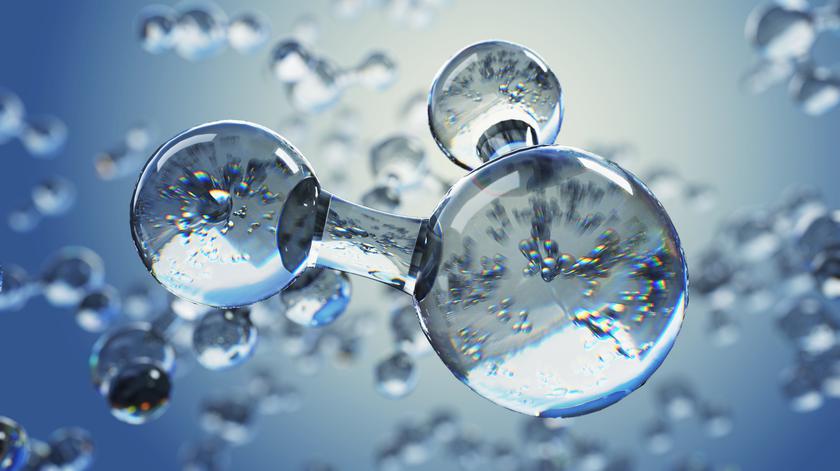(© artegorov3@gmail / Adobe Stock)
Water
The molecular-scale properties of water are of outmost relevance for several areas of science and have far-reaching practical applications. A dedicated call for proposals resulted in a number of important, forefront experiments carried out in the first half of 2023.
Molecular water research
Water is key to life on our planet and plays a central role in biology, for climate and many industrial processes. Although water has been subject to intense research across many disciplines, many of its fundamental properties are still not well understood. With the ultrashort, intense, and spatially coherent X-ray pulses available at X-ray free electron lasers, there is the potential for rapid advances in our understanding of molecular water.
Water-focused call for proposals
A 2022 call for expressions of interest in water research utilising the European XFEL's unique X-ray infrastructure resulted in 25 proposals from the international scientific user community. Seven of these proposals received beamtime in period 2023-I. One proposal was carried out in period 2023-II.
The experimental campaign
In order to learn more about the uncommon, anomalous properties of water, it is often advantageous to study its structure and dynamics under non-standard conditions. Here it meant studying hydrogen bond dynamics in the smallest hydrogen-bonded compound, the dimer, or measuring complex, ultrafast relaxations in the supercooled regime (well below 0°C). It involved studying how ice nucleates and grows, or how fast laser heating processes disturb the tetrahedral water cage. The campaign also looked at water in the presence of hydrate cage forming molecules, the formation of glassy water and the emergence of new ice phases under high dynamic pressure.
More information on the 2022 Topical Call on Molecular Water ScienceDimer bond dynamics
Scientists studied the processes when water particles are exposed to X-ray light using the SQS instrument to investigate pairs of water molecules called dimers. This is the first step in understanding more complicated processes, such as the mechanisms behind radiation damage in biological systems.
Supercooled water dynamics
Scientists were searching for ultrafast, sub-ps relaxation processes that are predicted by simulations in undercooled water and aqueous solutions. They used the split-and-delay XPCS technique to manipulate the intrinsic time structure of the machine in order to record the contrast of double-pulse scattering patterns with sub-ps pulse spacing.
Water to ice
Scientists were studying structural motifs that control the spontaneous growth of ice nuclei in micron-sized, evaporation cooled water droplets with the fluctuation x-ray scattering technique using the 200 nm beam from SPB/SFX.
Broken water cages
Scientists have used FXE to study hydrogen bond breaking and structural dynamics of the water tetrahedral cage that accommodates an interstitial water molecule after IR laser excitation.
Gas-hydrate formation
Scientists have used high energy (23 keV) X-ray pulses to characterize the onset of water cage formation in the presence of THF molecules (clathrate hydrates). These are present in a variety of environments, from the depths of the ocean to distant planets and comets.
Glassy water
Scientists have prepared Amorphous Solid Water (ASW). By heating the ASW layer, they could study structural changes in the amorphous ice layer on the nanosecond timescale, hence enabling studies of the subsequent cooling process.
High pressure phases
Scientists have used a dynamic anvil cell (dDAC) and supercompressed water. They were looking for (new) crystal phases in the ice VI stability regime showing that ice VI formation may happen through multi-step and multiple pathways.
